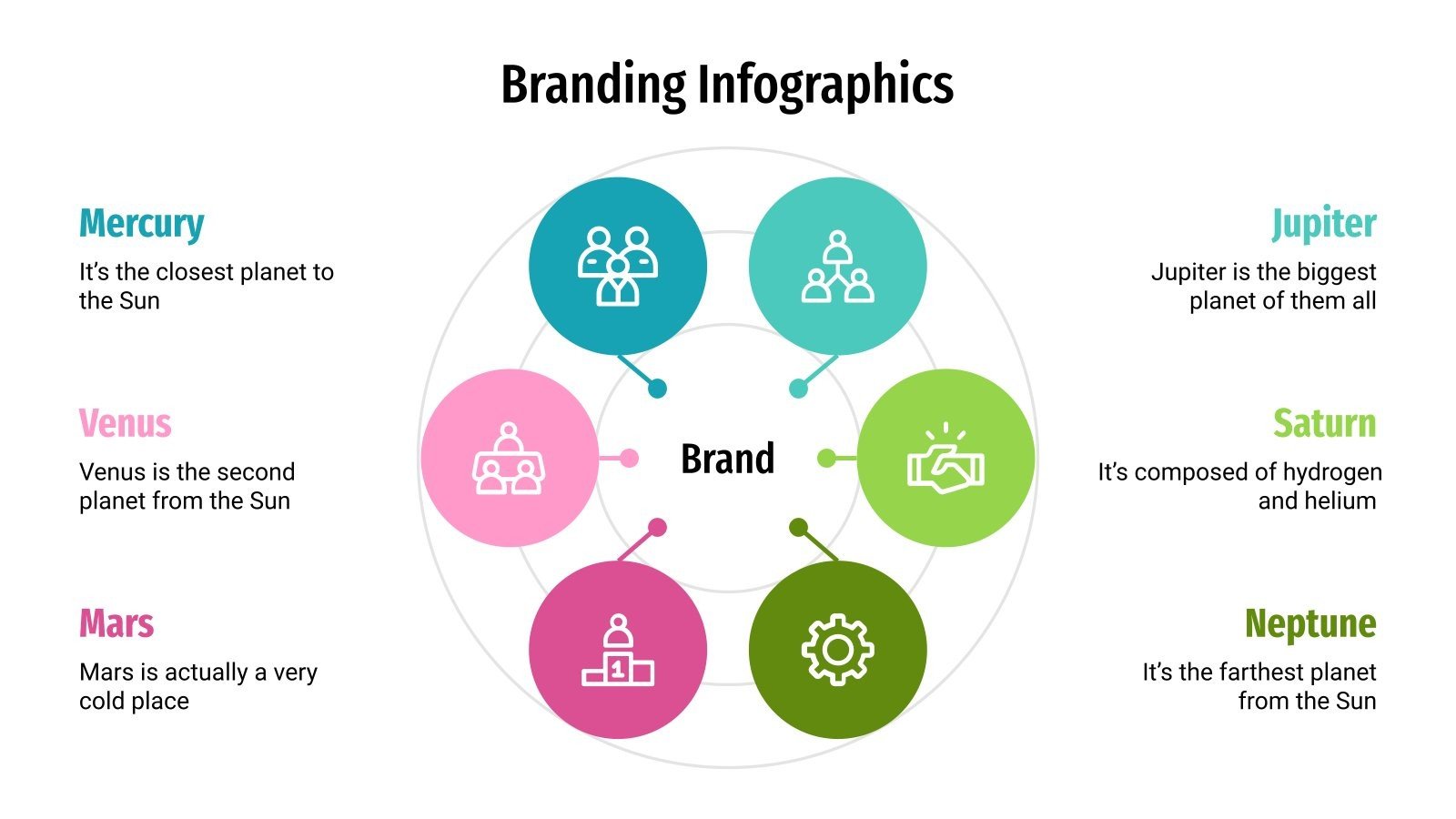Creating a brand style guide for your website can help you establish a consistent and recognizable brand identity that will attract and retain customers. Your brand style guide should include the visual and written elements of your brand, such as your logo, color palette, typography, imagery, and tone of voice. In this article, we will guide you through the process of creating a brand style guide that represents your brand identity and connects with your target audience.
Why do you need a brand style guide?
A brand style guide is essential because it creates a consistent and cohesive brand identity across all your marketing channels. Your website is the face of your business, and it is the first point of contact with potential customers. A well-designed brand style guide can help you create a memorable and recognizable brand identity that sets you apart from your competitors.
- Define your brand identity
Before you start creating your brand style guide, you need to define your brand identity. Your brand identity is the combination of your values, personality, and mission statement. You should consider your target audience and what message you want to communicate to them.
- Create a logo
Your logo is the visual representation of your brand identity, and it should be the centerpiece of your brand style guide. Your logo should be unique, recognizable, and memorable. You can hire a graphic designer to create a custom logo that reflects your brand identity.
- Choose your color palette
Your color palette is the set of colors that you use consistently across all your marketing materials. Your color palette should reflect your brand identity and evoke the emotions you want to convey to your target audience. For example, if you are a health and wellness brand, you may want to use calming blues and greens.
- Select your typography
Your typography is the font or set of fonts that you use consistently across all your marketing materials. Your typography should be legible, easy to read, and reflect your brand identity. You should consider using a serif or sans-serif font that complements your logo and color palette.
- Choose your imagery
Your imagery includes the photographs, illustrations, and other visuals that you use in your marketing materials. Your imagery should reflect your brand identity and evoke the emotions you want to convey to your target audience. You should consider using high-quality, original imagery that showcases your products or services.
- Define your tone of voice
Your tone of voice is the way you communicate with your target audience through your website, social media, and other marketing channels. Your tone of voice should reflect your brand identity and appeal to your target audience. You should consider using a conversational and friendly tone that engages your audience and builds trust.
- Create your brand style guide
Once you have defined your brand identity and selected your visual and written elements, you can create your brand style guide. Your brand style guide should include guidelines for using your logo, color palette, typography, imagery, and tone of voice across all your marketing materials. Your brand style guide should be accessible to your team members and vendors who work on your marketing materials.
In conclusion, creating a brand style guide for your website can help you establish a consistent and recognizable brand identity that sets you apart from your competitors. Your brand style guide should include the visual and written elements of your brand, such as your logo, color palette, typography, imagery, and tone of voice. By following these guidelines, you can create a brand style guide that represents your brand identity and connects with your target audience.
Now that you understand why a brand style guide is essential, let’s dive into the step-by-step process of creating one.
Step 1: Define Your Brand Identity
Defining your brand identity is crucial before creating a brand style guide. It’s like creating a foundation on which you will build your brand style guide. Think about your brand’s personality, values, and mission statement. Consider your target audience and what message you want to convey to them. These factors will help you define your brand identity.
Step 2: Create a Logo
Your logo is the face of your brand. It should be unique, recognizable, and memorable. Work with a graphic designer to create a custom logo that reflects your brand identity. Ensure that your logo is versatile and works well across all your marketing channels.
Step 3: Choose Your Color Palette
Your color palette is the set of colors that you will use consistently across all your marketing materials. It should reflect your brand identity and evoke the emotions you want to convey to your target audience. Choose a color palette that complements your logo and supports your brand’s message.
Step 4: Select Your Typography
Your typography is the font or set of fonts that you will use consistently across all your marketing materials. Choose a legible font that reflects your brand identity. Consider using a serif or sans-serif font that complements your logo and color palette.
Step 5: Choose Your Imagery
Your imagery includes photographs, illustrations, and other visuals that you will use in your marketing materials. It should reflect your brand identity and evoke the emotions you want to convey to your target audience. Use high-quality, original imagery that showcases your products or services.
Step 6: Define Your Tone of Voice
Your tone of voice is the way you communicate with your target audience through your website, social media, and other marketing channels. It should reflect your brand identity and appeal to your target audience. Consider using a conversational and friendly tone that engages your audience and builds trust.
Step 7: Create Your Brand Style Guide
Now that you have defined your brand identity and selected your visual and written elements, it’s time to create your brand style guide. Your brand style guide should include guidelines for using your logo, color palette, typography, imagery, and tone of voice across all your marketing materials. Ensure that your brand style guide is accessible to your team members and vendors who work on your marketing materials.
Creating a brand style guide is a crucial step in establishing a consistent and recognizable brand identity for your website. By following these seven easy steps, you can create a brand style guide that reflects your brand identity and appeals to your target audience. Remember, a well-designed brand style guide can help you create a memorable and recognizable brand identity that sets you apart from your competitors. Visit our About Us page to find out more information how we can help.





